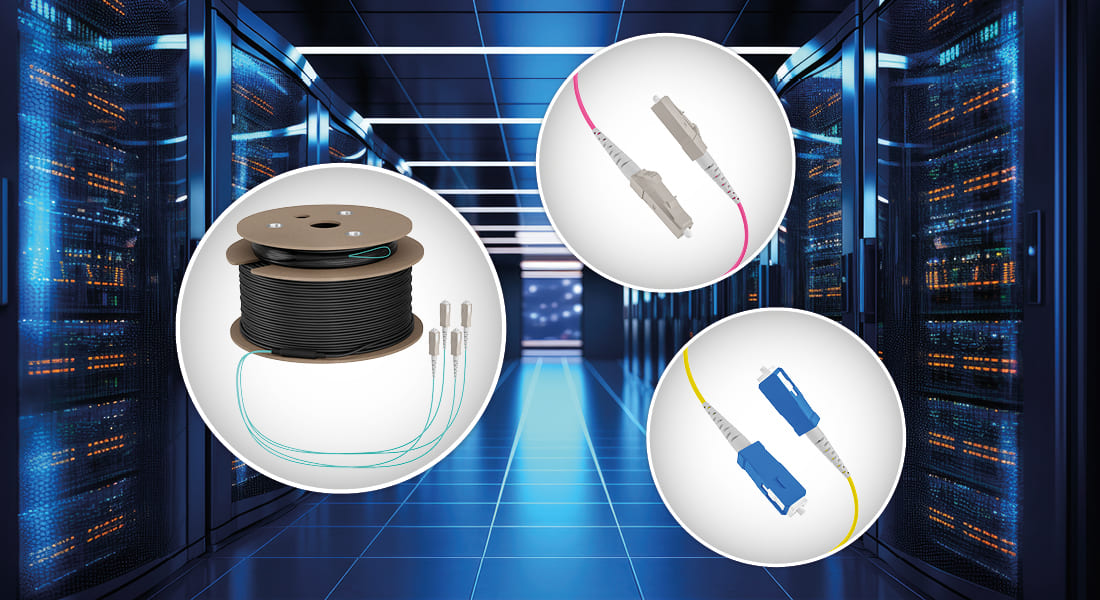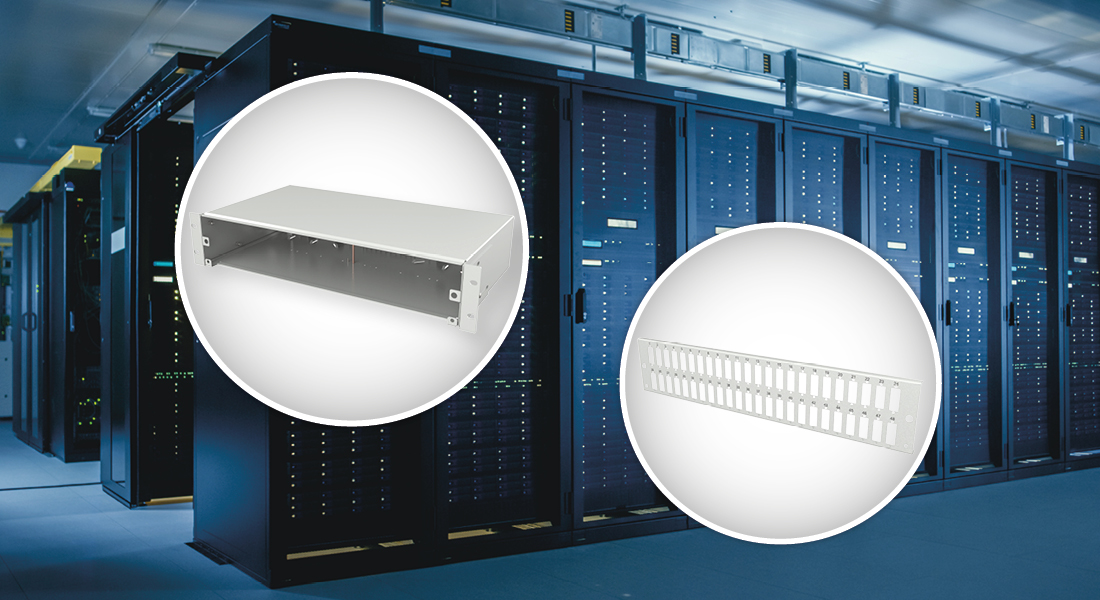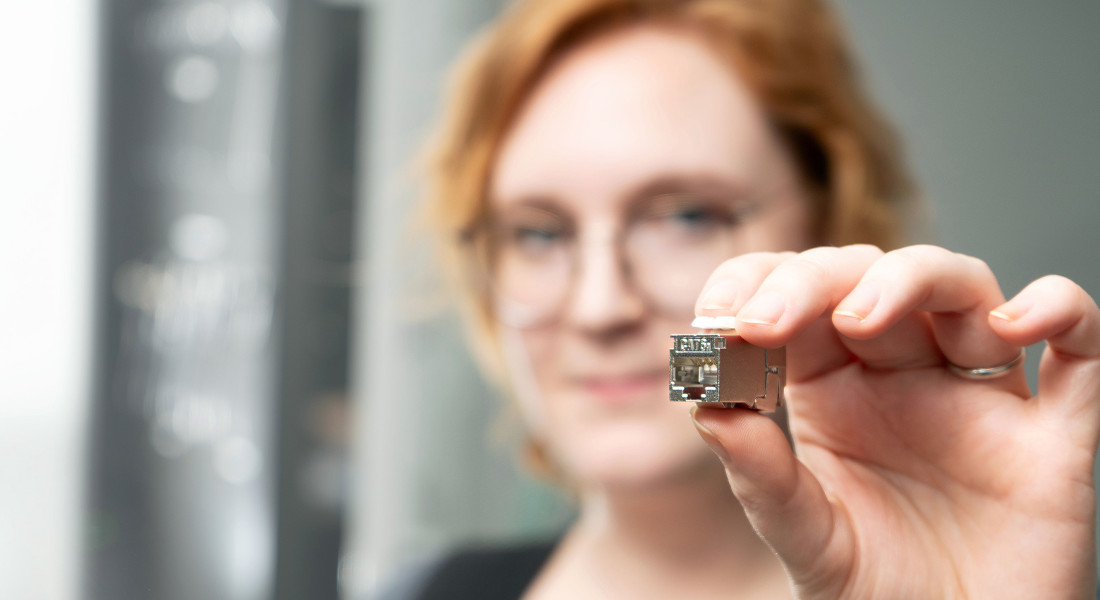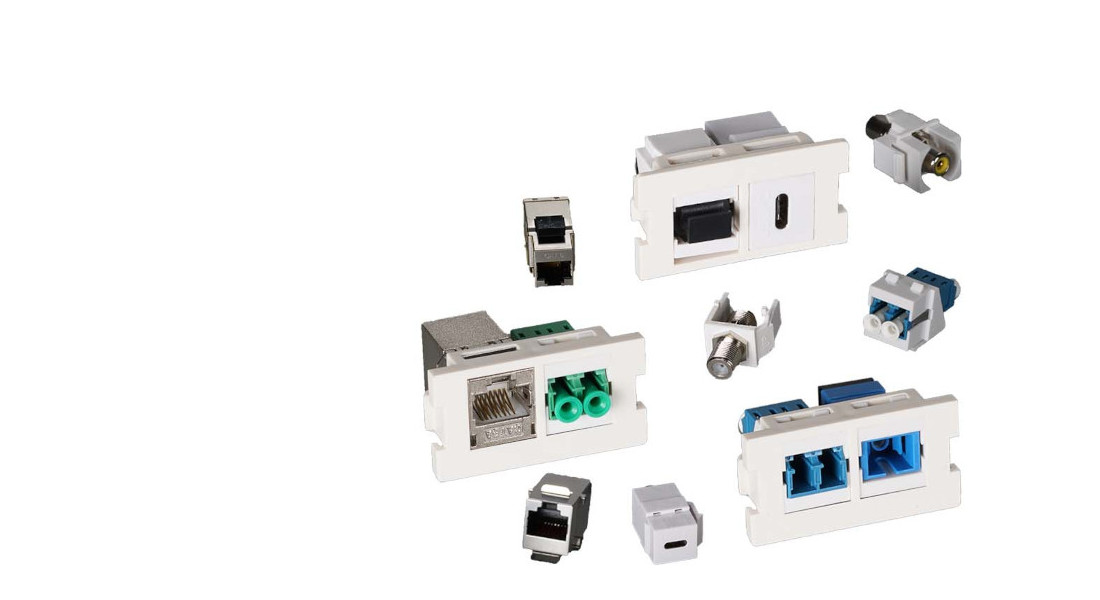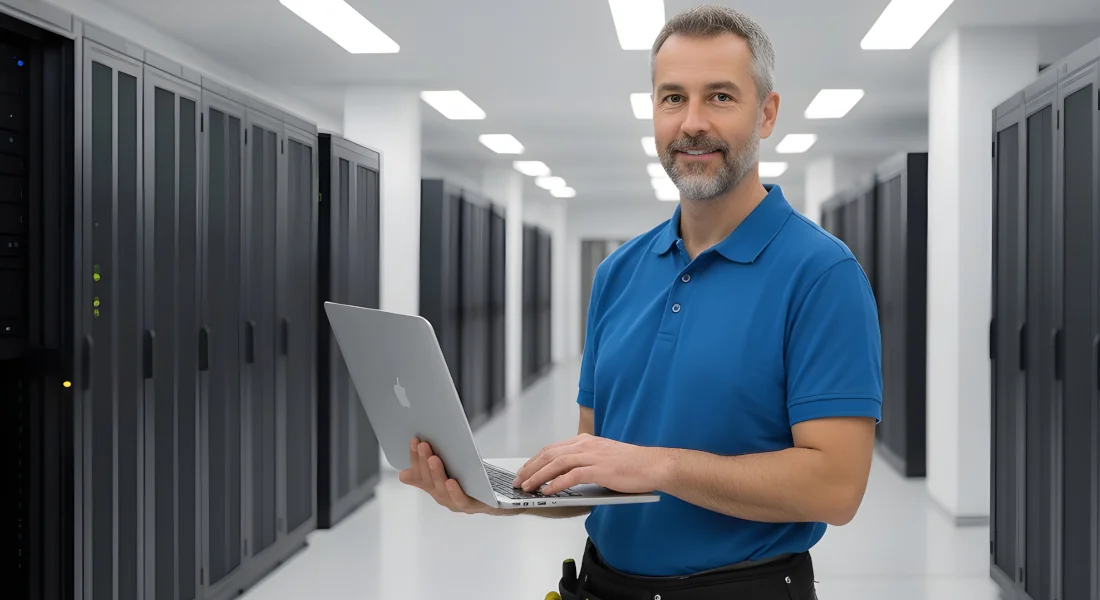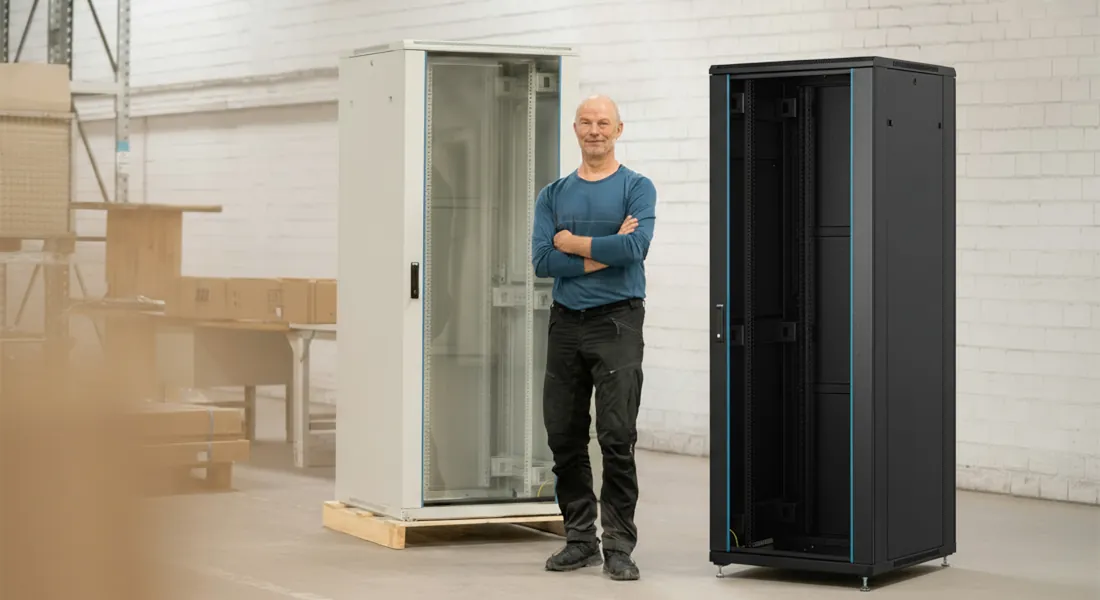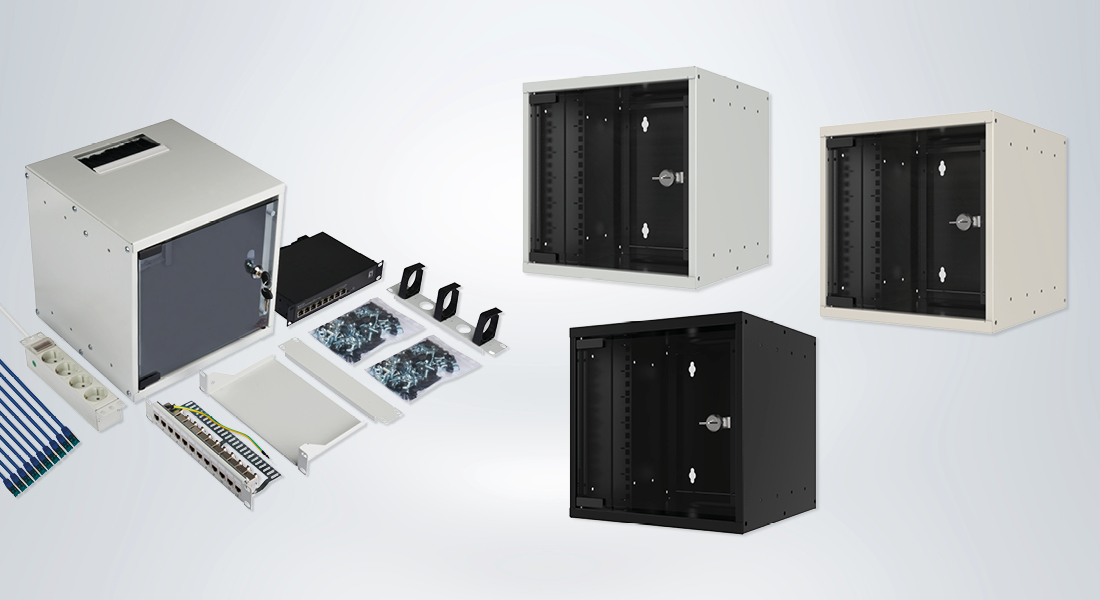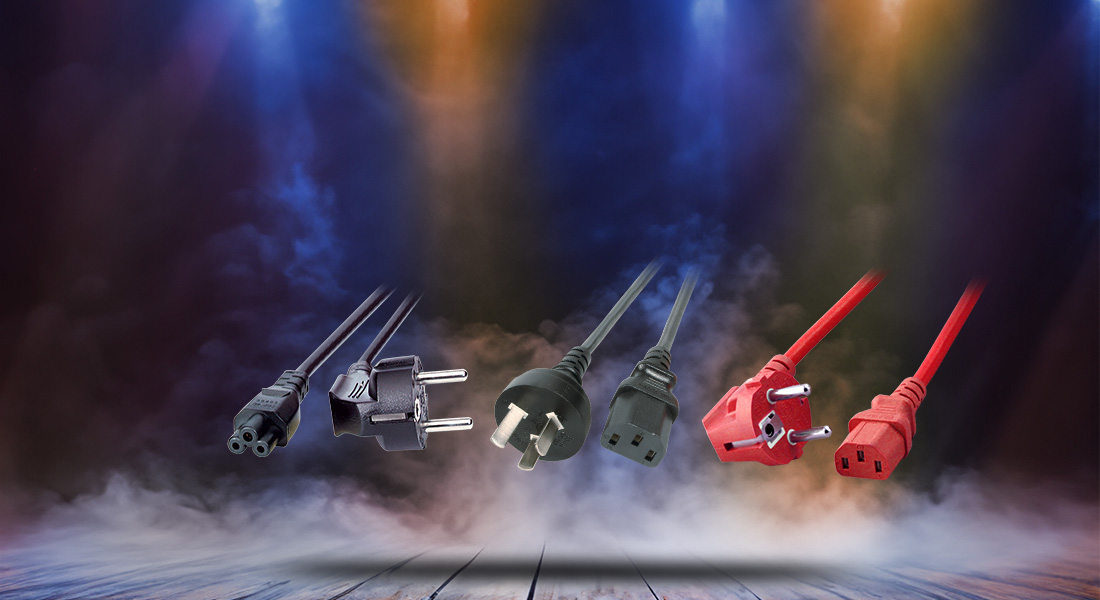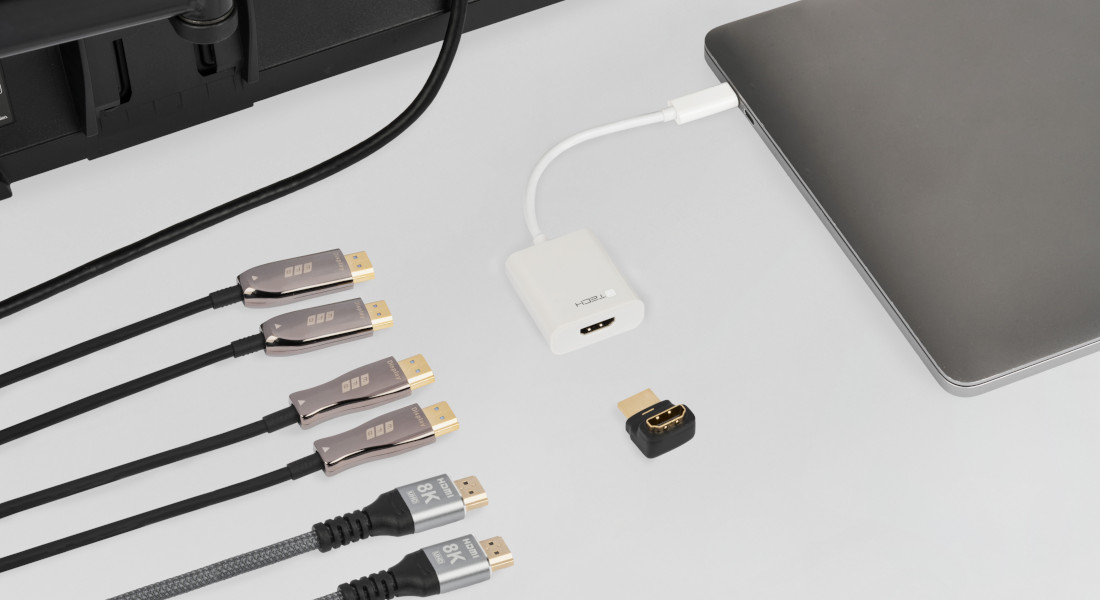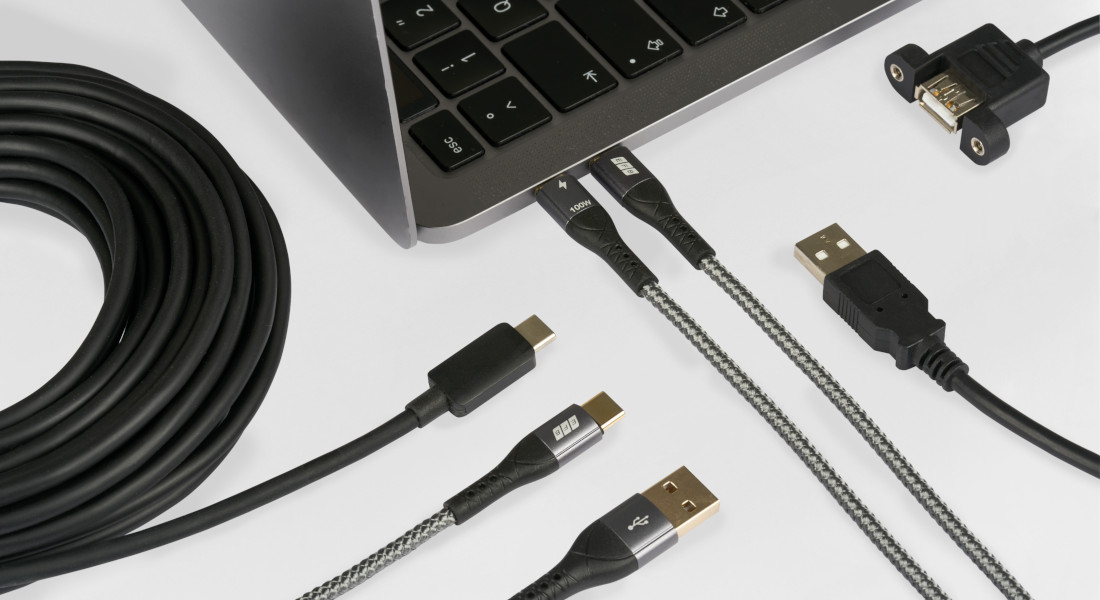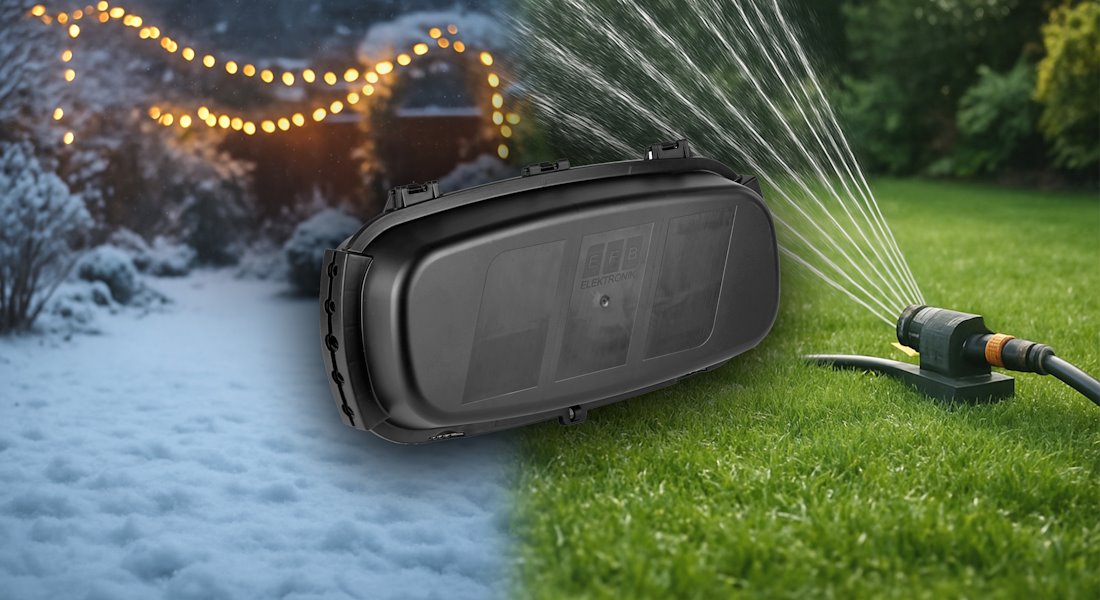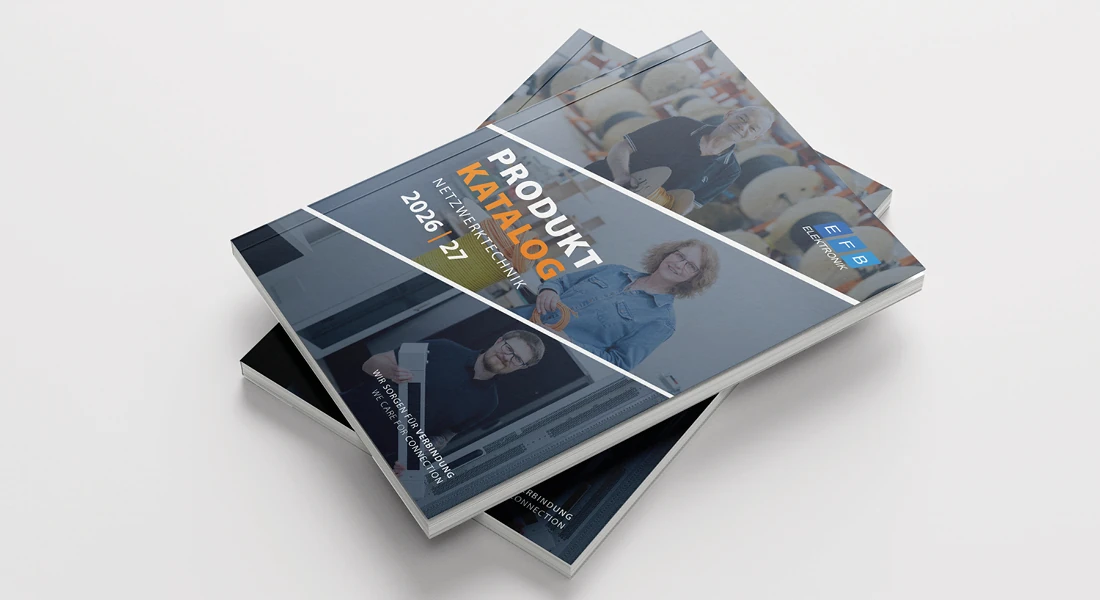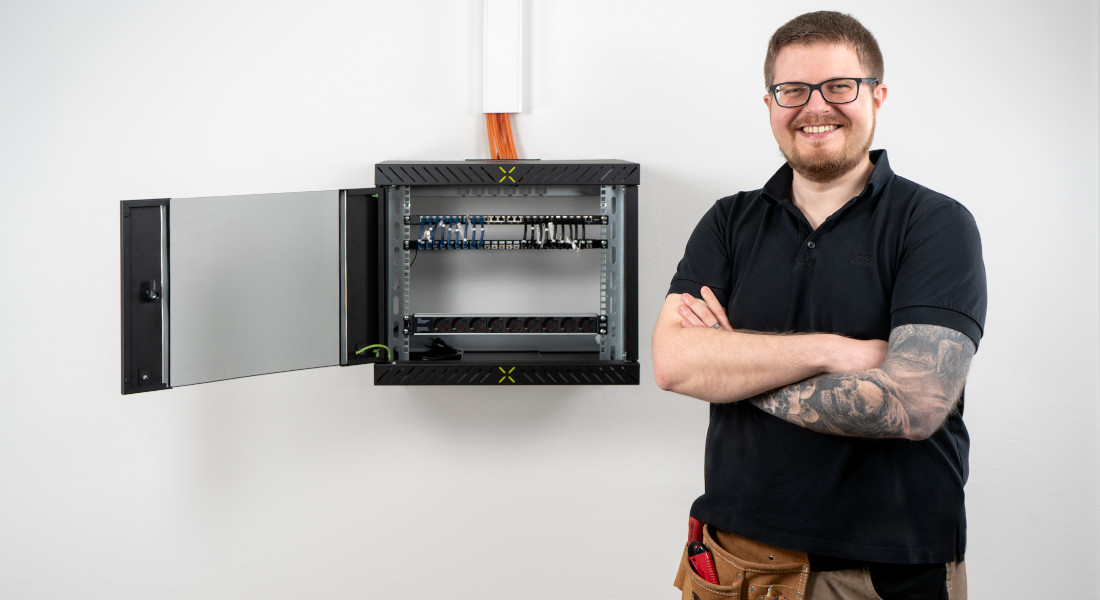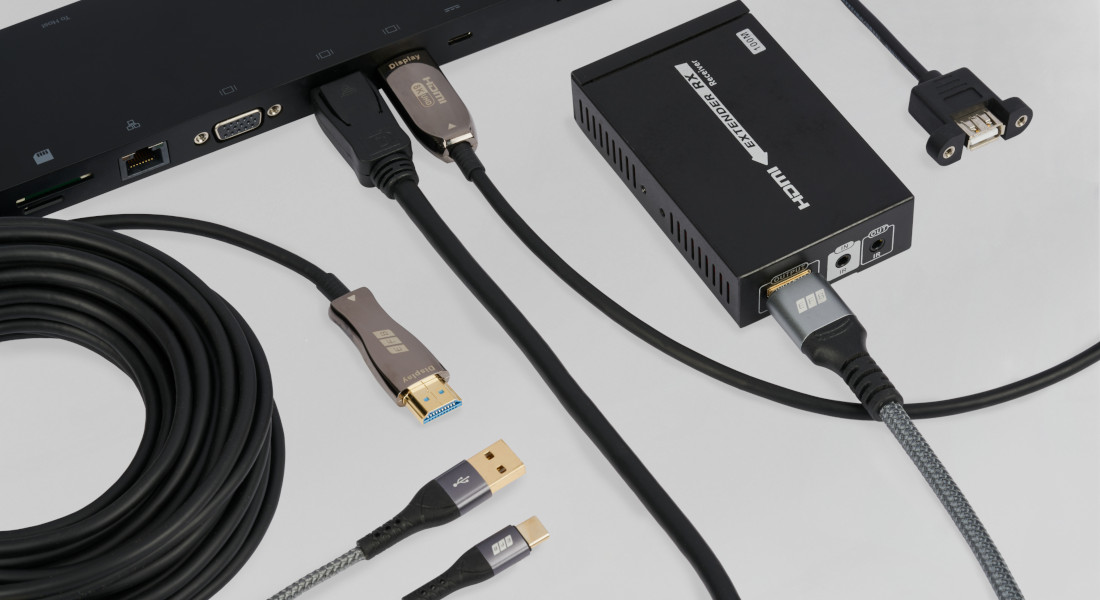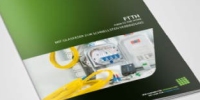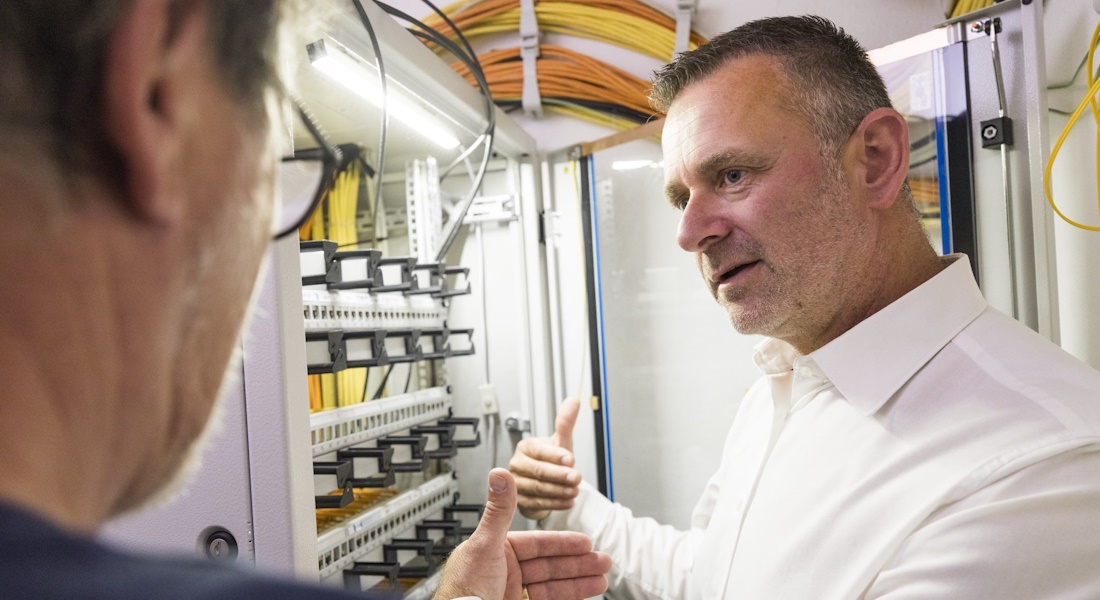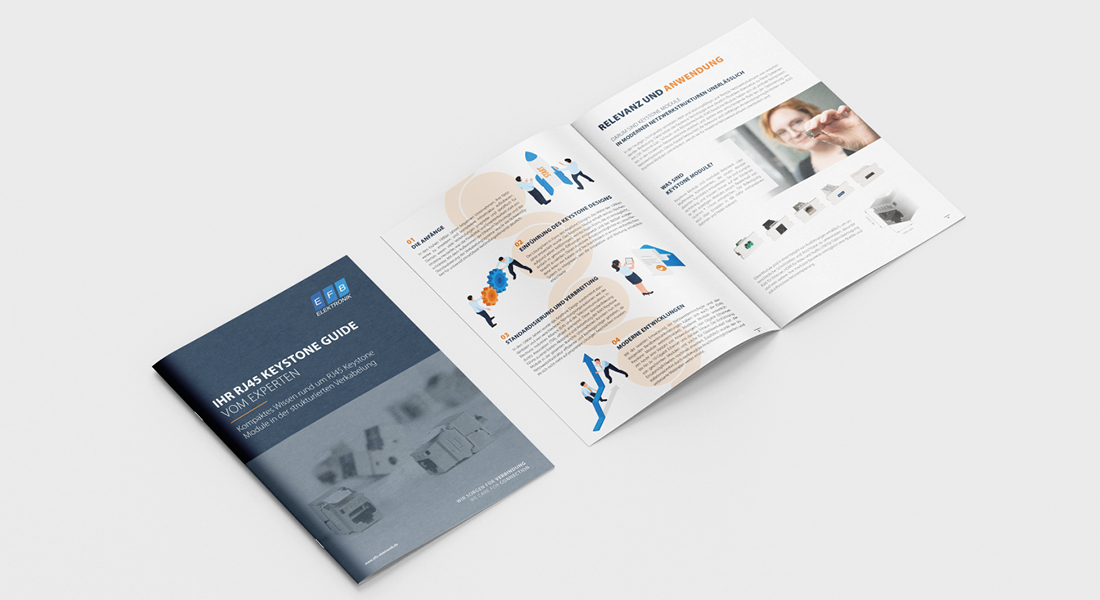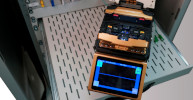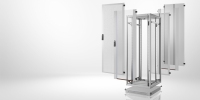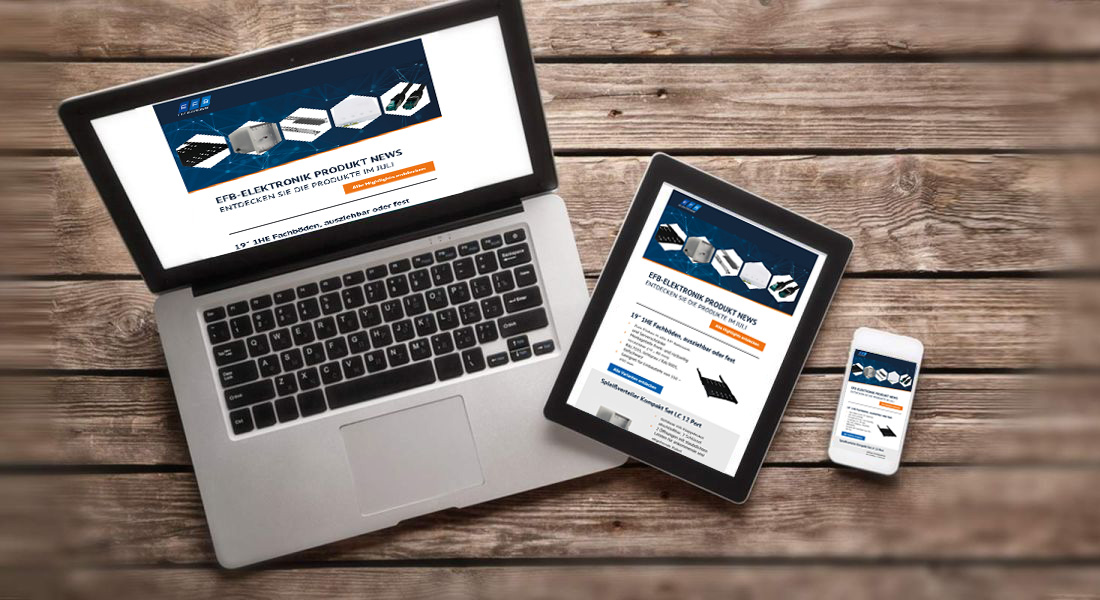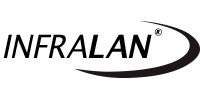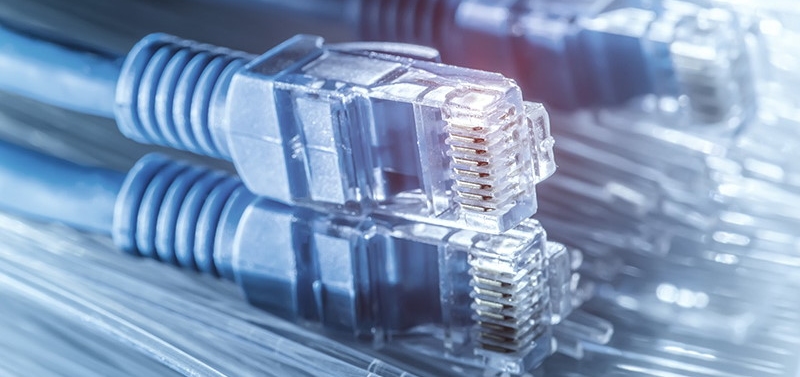
Integrating 4PPoE correctly: 5 tips for structured cabling
March 2, 2021
Pressemitteilungen
Whitepaper from EFB-Elektronik defines patch cords as tipping the scales
Bielefeld, March 02, 2021 – Power over Ethernet (PoE) and the associated elimination of the need for a separate power supply line have a positive impact on the cost balance of companies - especially when they have to connect an ever-increasing number of network-capable devices in the course of IoT (Industry of Things) and IIoT (Industrial IoT) projects. The latest 4PPoE (4 Pair Power of Ethernet) standard also makes PoE interesting for energy-intensive end devices.In its latest white paper, EFB Elektronik GmbH names the main advantages of 4PPoE and provides five valuable tips for avoiding pitfalls that lurk when integrating 4PPoE:
1. the conductor diameter of the installation cables should be at least AWG 23, and preferably AWG 22. The diameter of the copper wire decreases steadily as the AWG value increases. This increases the conductor resistance - with a negative influence on the signal quality as well as the maximum transmission length.
2. avoid closed systems when laying cables. Closed systems increase performance-reducing heat build-up and prevent flexible access to the cabling.
3. do not build heat pockets through thick cable bundles. Heating can adversely affect the entire Permanent Link because: If the electrical properties deteriorate due to heat, the link class may be lost.
4. The assessment or acceptance of the cabling should be carried out with a certification measuring device of the latest generation. Such a device also takes into account and ensures the suitability of an external power supply during measurement.
5. do not introduce patch cords with thinner cable diameters (AWG30) for high density applications. A low copper content in the conductor negatively affects the DC conductor. DC conductor quality plays a critical role in patch cords as the tipping point in guaranteeing 4PPoE up to 90W fault-free and sustainable.
"If companies observe these five points in structural cabling, they can benefit from the advantages of 4PPoE in the long term," says Eugen Ptoszek, Product Management Team Leader at EFB-Elektronik. More detailed information on the topic is available in the white paper "Integrating 4PPoE correctly - What pitfalls lurk and why the patch cable tips the scales".
1. the conductor diameter of the installation cables should be at least AWG 23, and preferably AWG 22. The diameter of the copper wire decreases steadily as the AWG value increases. This increases the conductor resistance - with a negative influence on the signal quality as well as the maximum transmission length.
2. avoid closed systems when laying cables. Closed systems increase performance-reducing heat build-up and prevent flexible access to the cabling.
3. do not build heat pockets through thick cable bundles. Heating can adversely affect the entire Permanent Link because: If the electrical properties deteriorate due to heat, the link class may be lost.
4. The assessment or acceptance of the cabling should be carried out with a certification measuring device of the latest generation. Such a device also takes into account and ensures the suitability of an external power supply during measurement.
5. do not introduce patch cords with thinner cable diameters (AWG30) for high density applications. A low copper content in the conductor negatively affects the DC conductor. DC conductor quality plays a critical role in patch cords as the tipping point in guaranteeing 4PPoE up to 90W fault-free and sustainable.
"If companies observe these five points in structural cabling, they can benefit from the advantages of 4PPoE in the long term," says Eugen Ptoszek, Product Management Team Leader at EFB-Elektronik. More detailed information on the topic is available in the white paper "Integrating 4PPoE correctly - What pitfalls lurk and why the patch cable tips the scales".

